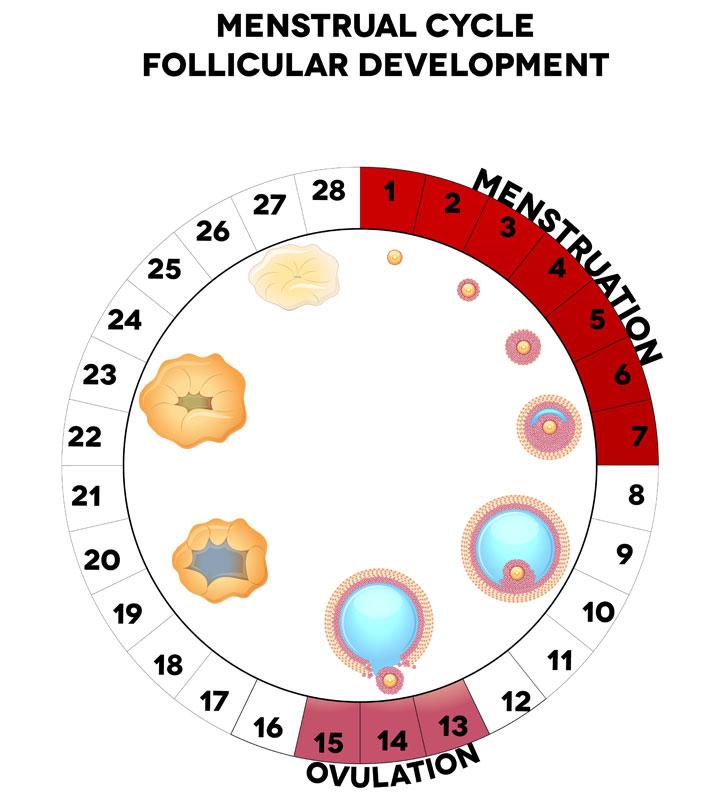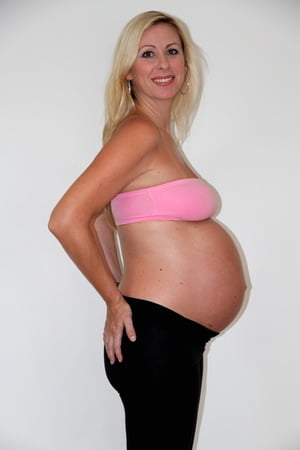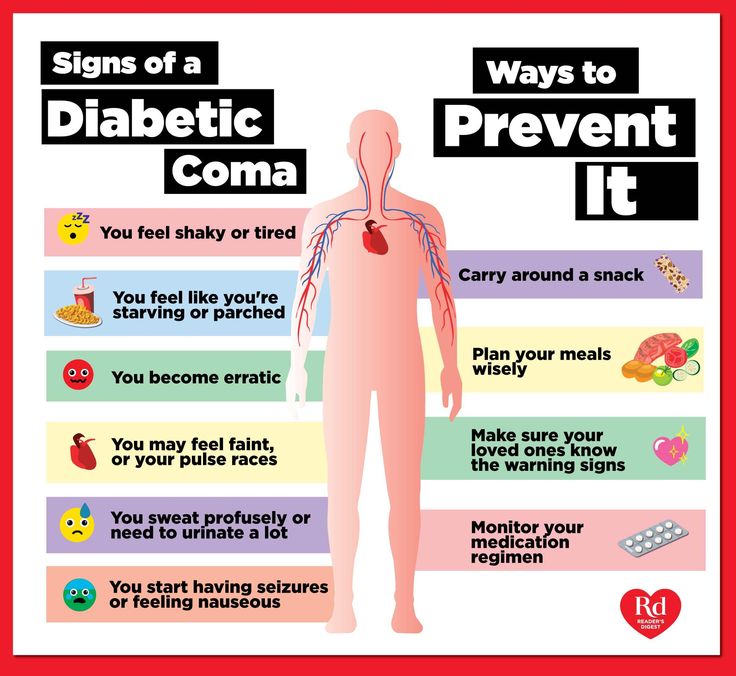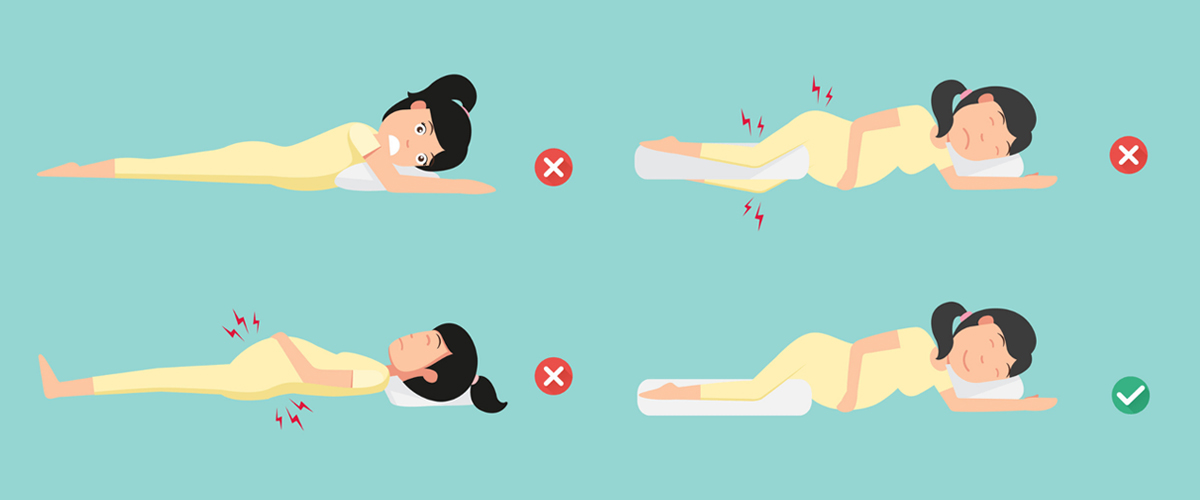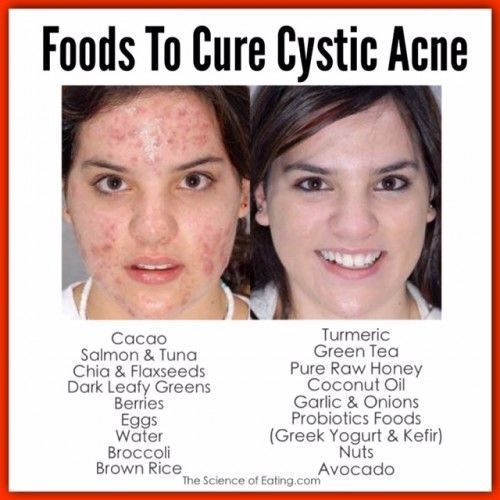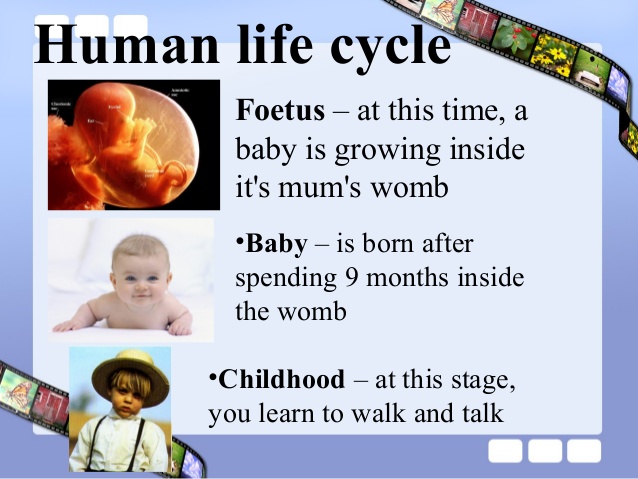The day after ovulation can you conceive
How many days after ovulation can you get pregnant?
There is a high chance of becoming pregnant if a person has sex within 12–24 hours after ovulation. A person can conceive at any time, but especially if they have sex from 5 days before until 1 day after ovulation.
Ovulation occurs when one of the ovaries releases a mature egg. This is the time when the body is ready to receive sperm for fertilization.
If fertilization does not occur, the egg disintegrates into the uterine lining. The body will then shed the remains during a person’s monthly period.
Ovulation lasts anywhere from 12–24 hours. After the ovary releases an egg, it survives for about 24 hours before it dies, unless a sperm fertilizes it.
If a person has sex days before or during the ovulation period, there is a high chance of conceiving. This is because sperm can survive up to 5 days in the cervix. Therefore, it is important to understand the fertile window.
The fertile window is the period of time during which it is possible to become pregnant from sex. This is the day of ovulation plus the amount of time that sperm can live inside the cervix before it fertilizes the egg.
According to the American College of Obstetricians and Gynecologists (ACOG), a person can become pregnant if they have sex anywhere from 5 days before until 1 day after ovulation.
Depending on the menstrual cycle, the fertile window may vary from one person to another.
To calculate the fertility window, a person should note the first day of a period until the next period occurs. This timeframe is the menstrual cycle. On average, most people who menstruate have a 28-day cycle.
However, according to the Office on Women’s Health, for some, it may last 21–35 days.
According to the ACOG, ovulation occurs around day 14 of the menstrual cycle.
A person with a 28-day cycle, for example, will have their fertile window 5 days before the ovulation date.
Pregnancy is possible 12–24 hours after ovulation. This is because the released egg can only survive 24 hours before the sperm can no longer fertilize it.
The likelihood of getting pregnant on the days before and after ovulation varies from one person to another.
An older study from 1995 looked at the timing of sexual intercourse in relation to ovulation and the likelihood of conception.
Out of 221 healthy women, there were 192 pregnancies. Researchers concluded they could estimate the odds of becoming pregnant on each day of the fertile window as between 10–33%, depending on the day.
| 5 days before ovulation | 10% |
| 4 days before ovulation | 16% |
| 3 days before ovulation | 14% |
| 2 days before ovulation | 27% |
| 1 day before ovulation | 31% |
| Ovulation day | 33% |
The same study authors also note there could be a 12% chance of conceiving on either day 7 before ovulation and the day after ovulation.
However, the chances of becoming pregnant before or after ovulation depend on several factors, including:
- age
- frequency of sexual intercourse
- menstrual cycle
For those trying to conceive, tracking ovulation is crucial to ensure they identify the most fertile days in the menstrual cycle.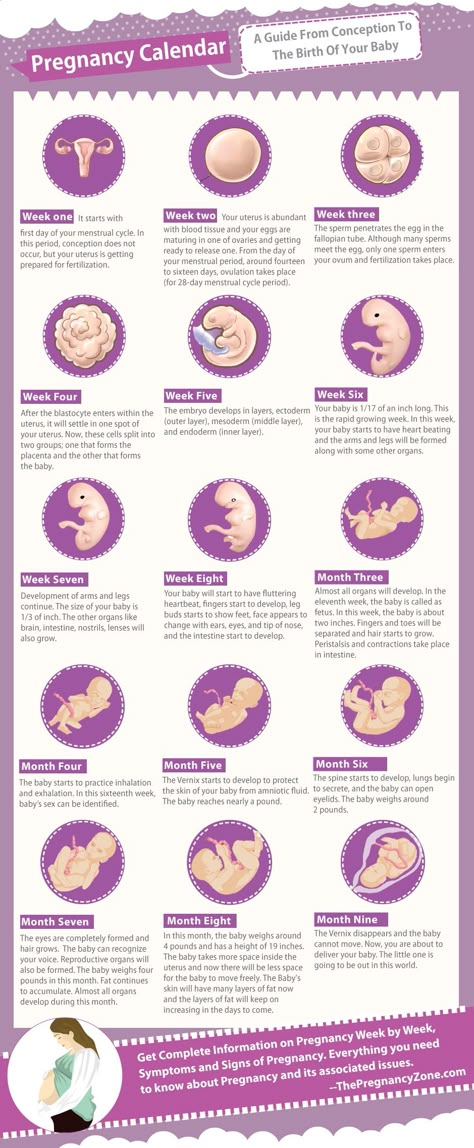
Here are some of the methods a person can use to track or predict ovulation.
Basal body temperature charting
Basal body temperature (BBT) is the temperature when the body is at rest.
Charting BBT for a series of months by measuring every morning after waking up will help predict ovulation.
During or when ovulation approaches, there is a slight increase in BBT. A person can use a digital thermometer to track these small changes in temperature.
Monitoring BBT can help tell when ovulation occurs and therefore predict the days in the cycle when pregnancy is possible.
Ovulation predictor kits
Using ovulation predictor kits, such as test strips and digital tests, will help measure the level of luteinizing hormone (LH), which usually rises during ovulation.
A person needs to take tests for consecutive days to detect the rise in LH.
Once they notice a consistent rise, experts recommend having sex daily for the next couple of days to increase the chances of pregnancy.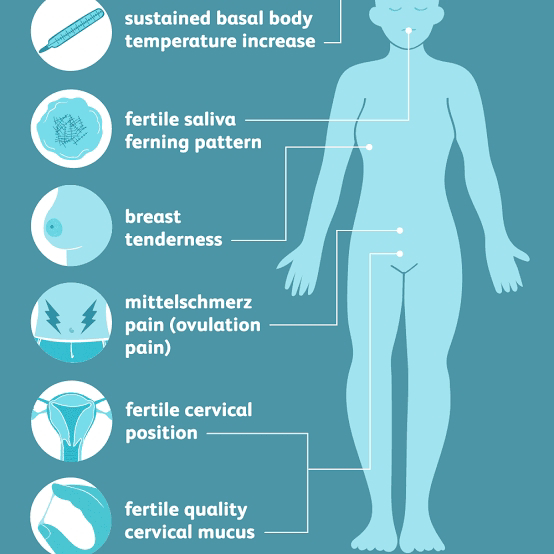
Cycle charting apps
Several cycle apps, such as the Clue period tracker and Flo period ovulation tracker, can help calculate the ovulation period and fertile window.
Charting ovulation using these apps will indicate the ovulation date and days when a person’s body is most fertile.
Fertility monitors
For people trying to conceive or wishing to avoid pregnancy, using fertility monitors to track ovulation can help people plan intercourse.
Fertility monitors work by measuring significant body changes, such as BBT, heart rate, and breathing.
By compiling this data, the fertility monitor can predict the fertile window.
Cervical mucus method
Observing cervical mucus can give an idea of when a person may be ovulating.
When ovulation approaches, the cervical mucus changes to a thin, clear, stringy, slippery consistency. It may look similar to raw egg whites.
The mucus allows the sperm to swim to the released egg during intercourse.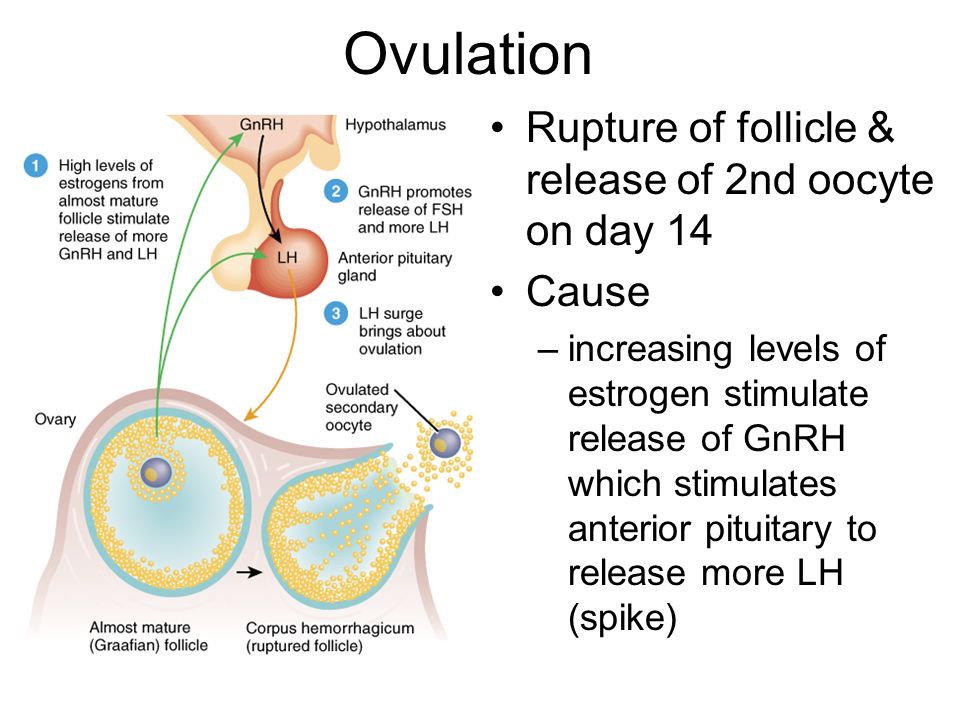
Ideally, this is the ideal time to have sex due to the high chances of becoming pregnant.
Watching ovulation signs, such as a slight increase in BBT, changes in cervical mucus, and increased sex drive, can help determine the best time to have sex to boost chances of becoming pregnant.
In addition, having sex during the fertile window increases the chances of conception. During this timeframe, the body is ready to receive sperm for fertilization.
On average, a menstrual cycle lasts between 21–35 days.
An irregular cycle or absent cycle that lasts fewer than 21 days or more than 35 days, can mean that a person is not ovulating.
A person should speak with a doctor if they do not become pregnant after 1 year of trying to conceive.
Age may also determine when to seek help. People between 35–40 years of age should speak with a doctor after 6 months of trying to get pregnant. For those above 40 years of age, a healthcare professional may run some fertility tests.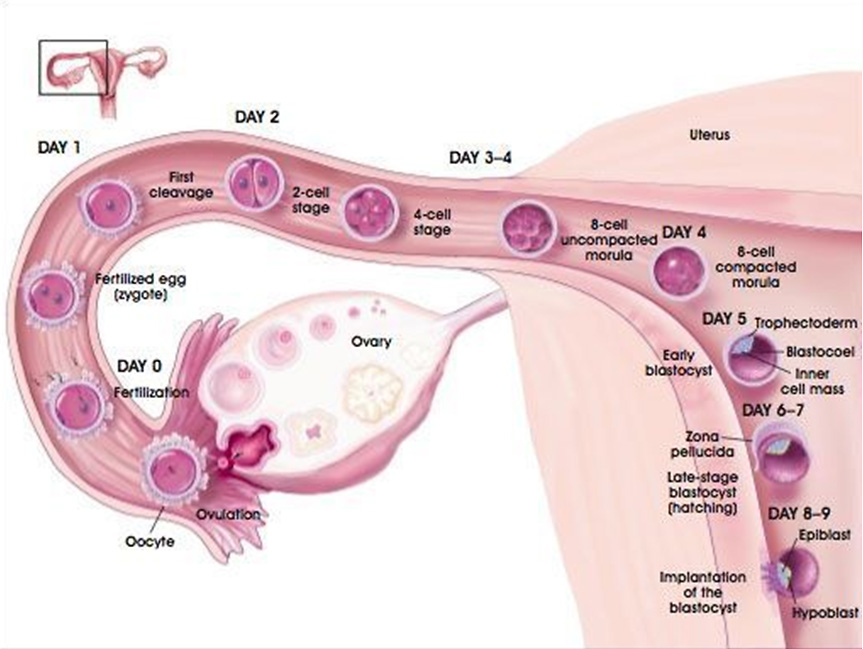
A doctor may also test for possible signs of infertility or if a person has ever had repeated miscarriages, pelvic inflammatory disease, endometriosis, prior cancer treatment, or a history of irregular periods.
A person can get pregnant 12–24 hours after ovulation, as a released egg can survive up to 24 hours within the cervix.
For those trying to conceive, it is crucial to understand the menstrual cycle.
Beyond this, a person can use methods, such as BBT charting, cycle charting apps, fertility monitors, changes in cervical mucus, and ovulation predictor kits to boost the chances of pregnancy.
How many days after ovulation can you get pregnant?
There is a high chance of becoming pregnant if a person has sex within 12–24 hours after ovulation. A person can conceive at any time, but especially if they have sex from 5 days before until 1 day after ovulation.
Ovulation occurs when one of the ovaries releases a mature egg. This is the time when the body is ready to receive sperm for fertilization.
If fertilization does not occur, the egg disintegrates into the uterine lining. The body will then shed the remains during a person’s monthly period.
Ovulation lasts anywhere from 12–24 hours. After the ovary releases an egg, it survives for about 24 hours before it dies, unless a sperm fertilizes it.
If a person has sex days before or during the ovulation period, there is a high chance of conceiving. This is because sperm can survive up to 5 days in the cervix. Therefore, it is important to understand the fertile window.
The fertile window is the period of time during which it is possible to become pregnant from sex. This is the day of ovulation plus the amount of time that sperm can live inside the cervix before it fertilizes the egg.
According to the American College of Obstetricians and Gynecologists (ACOG), a person can become pregnant if they have sex anywhere from 5 days before until 1 day after ovulation.
Depending on the menstrual cycle, the fertile window may vary from one person to another.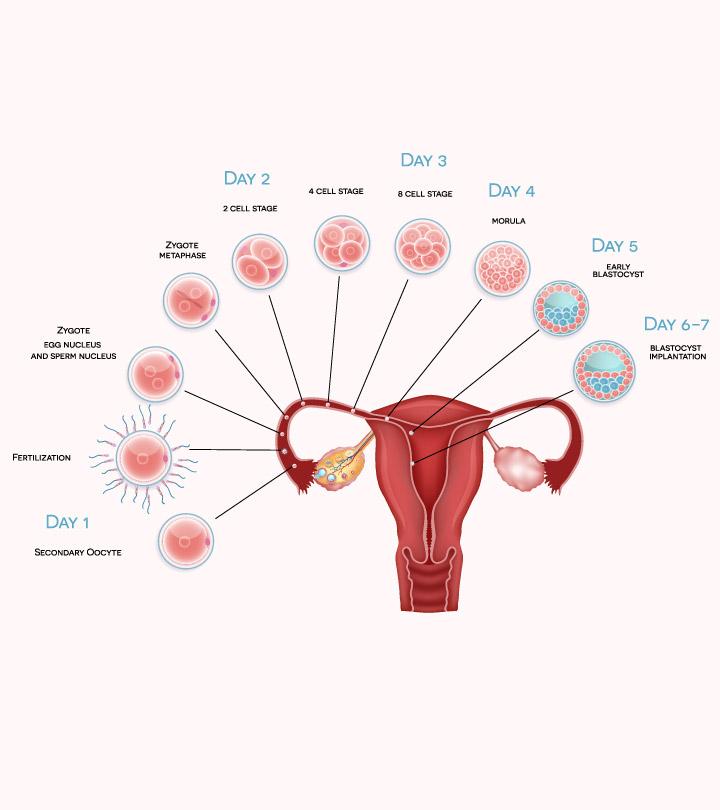
To calculate the fertility window, a person should note the first day of a period until the next period occurs. This timeframe is the menstrual cycle. On average, most people who menstruate have a 28-day cycle.
However, according to the Office on Women’s Health, for some, it may last 21–35 days.
According to the ACOG, ovulation occurs around day 14 of the menstrual cycle.
A person with a 28-day cycle, for example, will have their fertile window 5 days before the ovulation date.
Pregnancy is possible 12–24 hours after ovulation. This is because the released egg can only survive 24 hours before the sperm can no longer fertilize it.
The likelihood of getting pregnant on the days before and after ovulation varies from one person to another.
An older study from 1995 looked at the timing of sexual intercourse in relation to ovulation and the likelihood of conception.
Out of 221 healthy women, there were 192 pregnancies. Researchers concluded they could estimate the odds of becoming pregnant on each day of the fertile window as between 10–33%, depending on the day.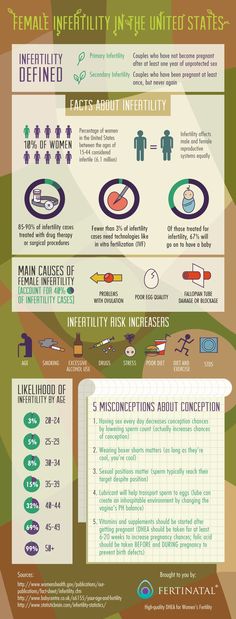
| 5 days before ovulation | 10% |
| 4 days before ovulation | 16% |
| 3 days before ovulation | 14% |
| 2 days before ovulation | 27% |
| 1 day before ovulation | 31% |
| Ovulation day | 33% |
The same study authors also note there could be a 12% chance of conceiving on either day 7 before ovulation and the day after ovulation.
However, the chances of becoming pregnant before or after ovulation depend on several factors, including:
- age
- frequency of sexual intercourse
- menstrual cycle
For those trying to conceive, tracking ovulation is crucial to ensure they identify the most fertile days in the menstrual cycle.
Here are some of the methods a person can use to track or predict ovulation.
Basal body temperature charting
Basal body temperature (BBT) is the temperature when the body is at rest.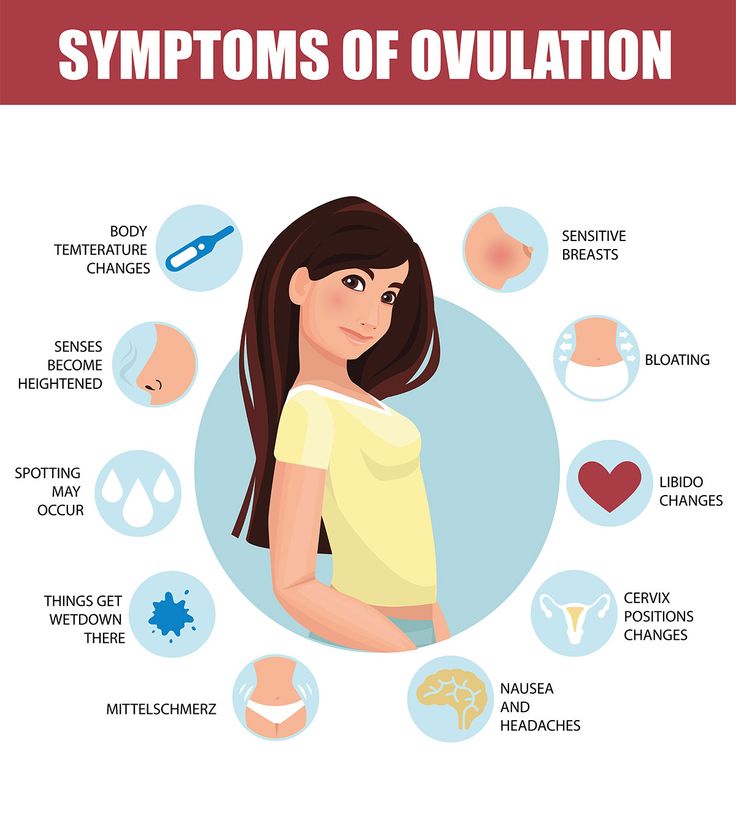
Charting BBT for a series of months by measuring every morning after waking up will help predict ovulation.
During or when ovulation approaches, there is a slight increase in BBT. A person can use a digital thermometer to track these small changes in temperature.
Monitoring BBT can help tell when ovulation occurs and therefore predict the days in the cycle when pregnancy is possible.
Ovulation predictor kits
Using ovulation predictor kits, such as test strips and digital tests, will help measure the level of luteinizing hormone (LH), which usually rises during ovulation.
A person needs to take tests for consecutive days to detect the rise in LH.
Once they notice a consistent rise, experts recommend having sex daily for the next couple of days to increase the chances of pregnancy.
Cycle charting apps
Several cycle apps, such as the Clue period tracker and Flo period ovulation tracker, can help calculate the ovulation period and fertile window.
Charting ovulation using these apps will indicate the ovulation date and days when a person’s body is most fertile.
Fertility monitors
For people trying to conceive or wishing to avoid pregnancy, using fertility monitors to track ovulation can help people plan intercourse.
Fertility monitors work by measuring significant body changes, such as BBT, heart rate, and breathing.
By compiling this data, the fertility monitor can predict the fertile window.
Cervical mucus method
Observing cervical mucus can give an idea of when a person may be ovulating.
When ovulation approaches, the cervical mucus changes to a thin, clear, stringy, slippery consistency. It may look similar to raw egg whites.
The mucus allows the sperm to swim to the released egg during intercourse.
Ideally, this is the ideal time to have sex due to the high chances of becoming pregnant.
Watching ovulation signs, such as a slight increase in BBT, changes in cervical mucus, and increased sex drive, can help determine the best time to have sex to boost chances of becoming pregnant.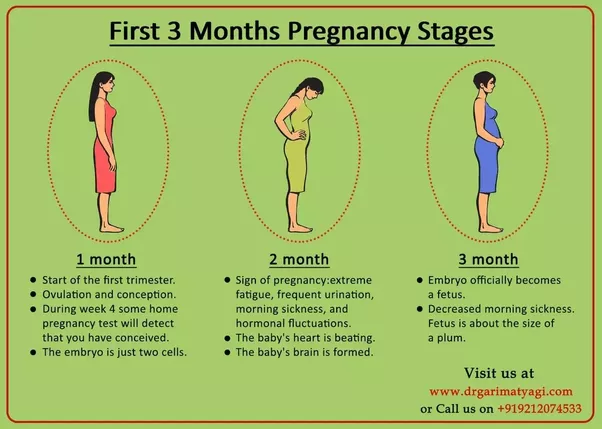
In addition, having sex during the fertile window increases the chances of conception. During this timeframe, the body is ready to receive sperm for fertilization.
On average, a menstrual cycle lasts between 21–35 days.
An irregular cycle or absent cycle that lasts fewer than 21 days or more than 35 days, can mean that a person is not ovulating.
A person should speak with a doctor if they do not become pregnant after 1 year of trying to conceive.
Age may also determine when to seek help. People between 35–40 years of age should speak with a doctor after 6 months of trying to get pregnant. For those above 40 years of age, a healthcare professional may run some fertility tests.
A doctor may also test for possible signs of infertility or if a person has ever had repeated miscarriages, pelvic inflammatory disease, endometriosis, prior cancer treatment, or a history of irregular periods.
A person can get pregnant 12–24 hours after ovulation, as a released egg can survive up to 24 hours within the cervix.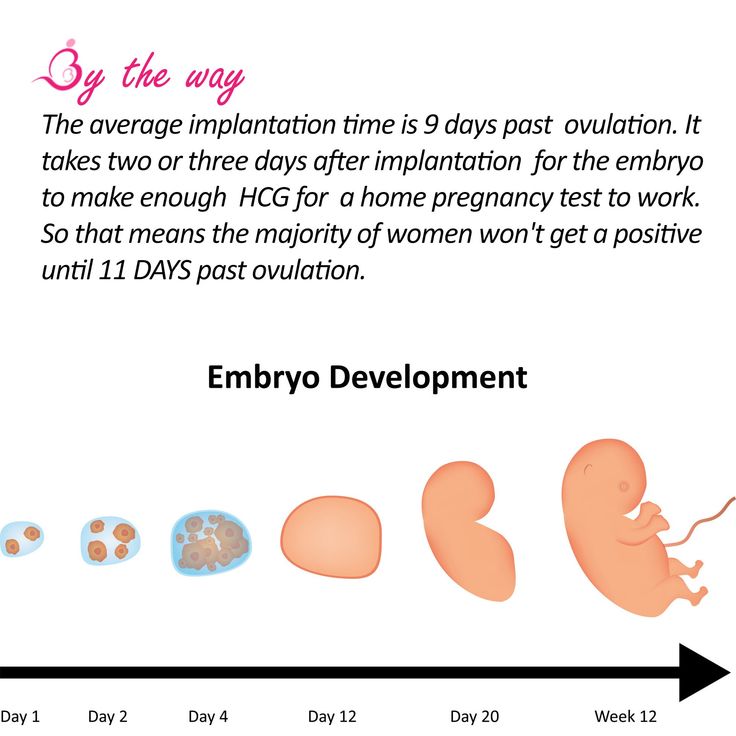
For those trying to conceive, it is crucial to understand the menstrual cycle.
Beyond this, a person can use methods, such as BBT charting, cycle charting apps, fertility monitors, changes in cervical mucus, and ovulation predictor kits to boost the chances of pregnancy.
Fomin's clinic — a network of multidisciplinary clinics
Today's world is full of information: literally with one click, each of us can open the Universe and learn everything - from string theory to concert posters for the next week. It is all the more interesting that, having unlimited access to knowledge, we still live in myths - and sometimes they arise, including thanks to the Internet, replicating untruth and absurdity.
We have prepared for you a short “blitz” of six questions or myths about pregnancy and conception, so that you are fully equipped and do not believe the tales on the Internet.
Well..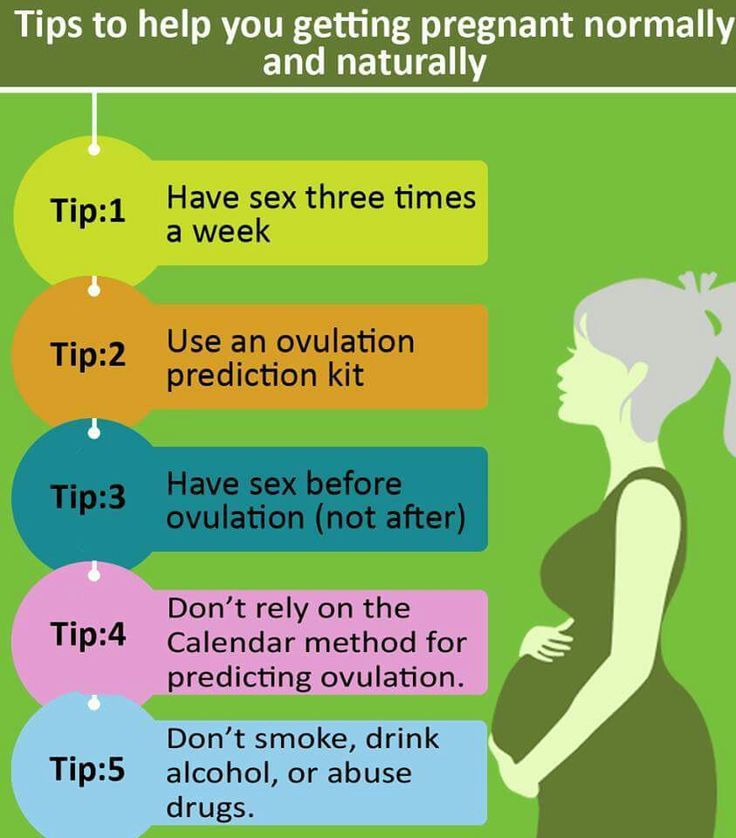 . not exactly. Firstly, the idea of a “full examination” is a clear exaggeration, because there is no single list of tests that an expectant mother needs to pass. Ideally, visit a doctor three months before the end of contraception, get tested for STIs and antibodies to rubella. If additional examinations are required, you will be individually prescribed everything you need - including, probably, vaccinations that should be “updated”. As for alcohol and smoking, they are really contraindicated at the stage of pregnancy planning, so if you have these addictions, you will have to give them up. However, it should be remembered that smoking cessation applies to both electronic cigarettes and “passive smoking”, which can lead to dangerous consequences for the fetus.
. not exactly. Firstly, the idea of a “full examination” is a clear exaggeration, because there is no single list of tests that an expectant mother needs to pass. Ideally, visit a doctor three months before the end of contraception, get tested for STIs and antibodies to rubella. If additional examinations are required, you will be individually prescribed everything you need - including, probably, vaccinations that should be “updated”. As for alcohol and smoking, they are really contraindicated at the stage of pregnancy planning, so if you have these addictions, you will have to give them up. However, it should be remembered that smoking cessation applies to both electronic cigarettes and “passive smoking”, which can lead to dangerous consequences for the fetus.
Spoiler: no big deal. Do not panic and blame yourself for all mortal sins because of a glass of wine. With the recognized insecurity of alcohol, scientists have proven that a woman drinking 1-2 servings a couple of times a week should not harm the unborn child. For men, the allowable figures are slightly higher - 3-4 doses of alcohol per week. The main thing is to know the measure and not to overdo it.
For men, the allowable figures are slightly higher - 3-4 doses of alcohol per week. The main thing is to know the measure and not to overdo it.
There is, of course, a simplified formula for calculating the estimated due date: plus 7 days and minus 3 months from the date of the last period, but to be honest, it doesn’t work like that: the fact is that it is very difficult to “program” pregnancy and make sure that the child is born when you want. If you have a plan and are going to stick to it, be prepared for the fact that things can go wrong, if only because:
- the duration of pregnancy is not 40 weeks, but 37-42 weeks, which means that you can easily fall into a five-week “loop”, which will reduce the chances of fulfilling the plan to zero;
- with regular sex, the probability of conception is not 1 time per month (exactly when you guessed it), but 1 time per year.
Nothing is impossible.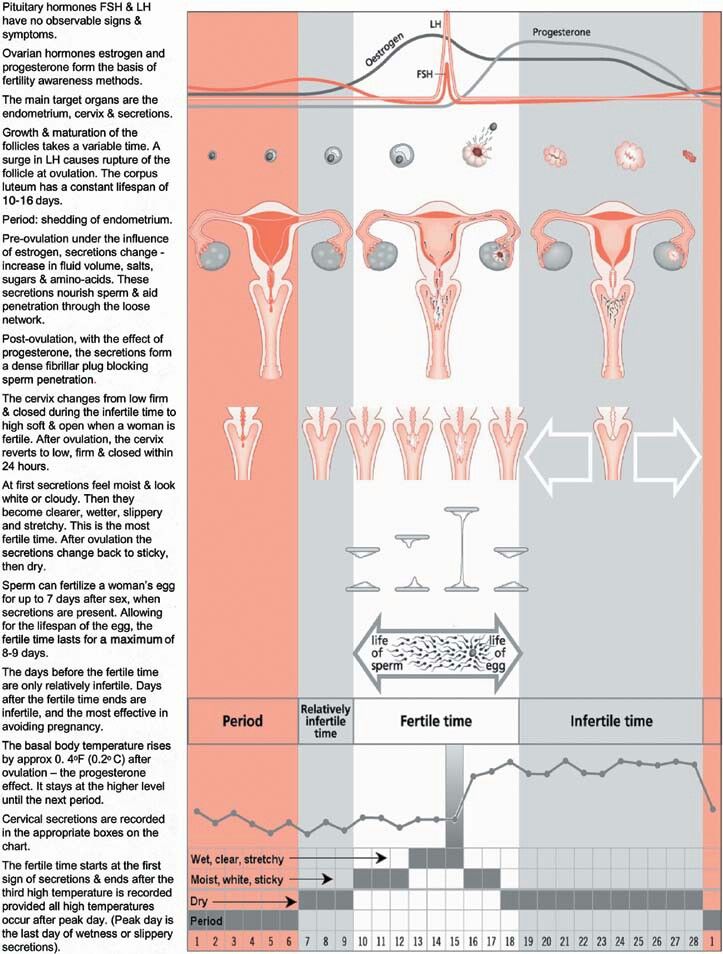 .. However, it is worth clarifying the question a little: you can get pregnant only during ovulation (more precisely, shortly after it), but you can have sex, which will lead to a long-awaited pregnancy, on different days. Of course, on the days of menstruation, the probability is lower than on the days that precede ovulation, but on none of the days of the menstrual cycle this probability is not zero.
.. However, it is worth clarifying the question a little: you can get pregnant only during ovulation (more precisely, shortly after it), but you can have sex, which will lead to a long-awaited pregnancy, on different days. Of course, on the days of menstruation, the probability is lower than on the days that precede ovulation, but on none of the days of the menstrual cycle this probability is not zero.
Let's just say that trying multiple times a day is a bad idea. Why? At least because ejaculation more than once a day worsens the quality of sperm, as a maximum - such perseverance and zeal can create tension in the relationship of partners. Doctors advise to have sex every 2-3 days throughout the cycle, and not try to guess the moment and throw all your strength into this short period.
Planning the sex of a child is an extremely prolific topic for myth-makers. Some believe that with the help of a special table that takes into account such indicators as the age of the father and mother, the month of conception, it is possible to accurately calculate the sex of the child.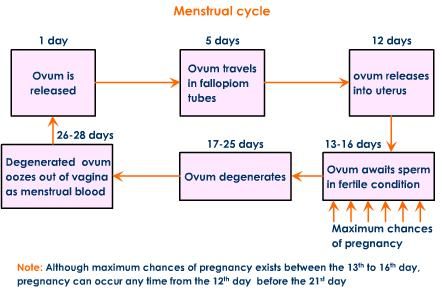 This "method" is anti-scientific and has nothing to do with reality.
This "method" is anti-scientific and has nothing to do with reality.
Another myth is that you have to get pregnant on the day you ovulate to have a boy. Previously, scientists really believed that X and Y spermatozoa differ from each other (Y are faster), and the sex of the child is formed due to the first one that broke through the defenses of the female egg. If you want to conceive a boy, you need to have sex on the day of ovulation so that the Y-sperms responsible for the "male sex" have more time to get to the egg located farthest from the entrance to the uterus.
However, this myth does not stand up to criticism: the fact is that there is no difference between the X and Y chromosomes, which means that the sex of the child does not depend on which of the sperm reaches the egg first. Moreover, not the fastest fertilizes the egg: thousands of spermatozoa simultaneously break its shell.
From this follows the conclusion: modern science does not know how to determine the sex of the child during natural conception, and therefore there is no universal recipe.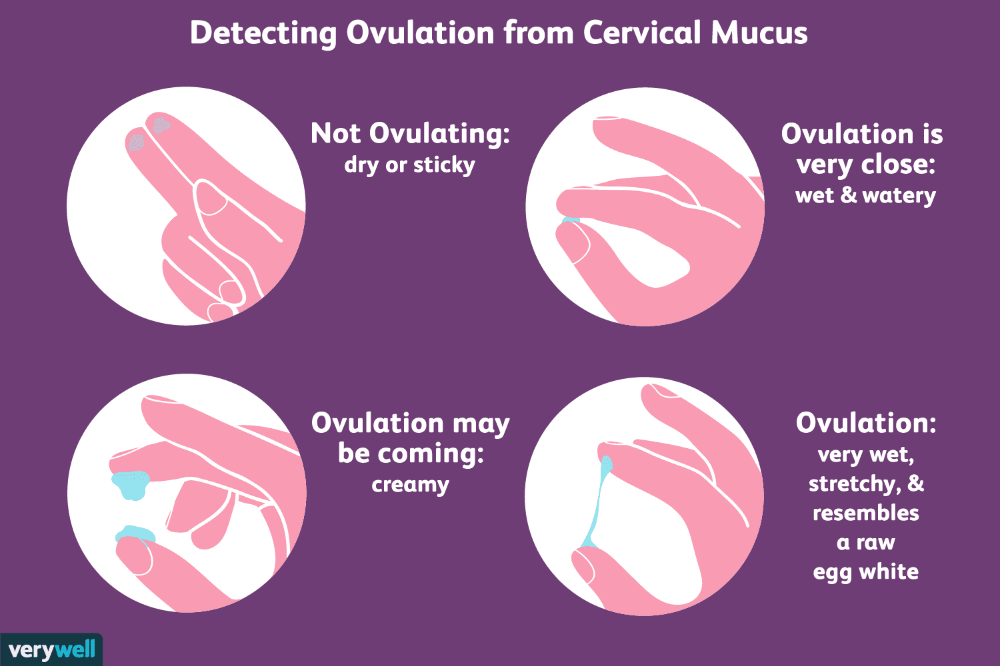
Follow us
Can I get pregnant during my period, before or after it? | Medical Center
Multidisciplinary Medical Center MedProsvet St. Petersburg, Engels Ave. 147 building 1 +7 (812) 374-84-00
A woman can become pregnant on any day of the menstrual cycle, but the chance of conceiving a child is highest on the days close to ovulation, when the egg is released from the follicle. It is also possible to get pregnant during your period, a few days before it, although the chance of pregnancy is minimal.
The menstrual cycle and natural protection
The average cycle of a woman takes a period of about 28 days, the period between periods of 24 to 35 days is considered normal. Day 1 of the menstrual cycle (MC) is the first day of menstruation.
The menstrual cycle of a woman is divided into phases:
1) The first phase - follicular , when the egg matures in the follicle.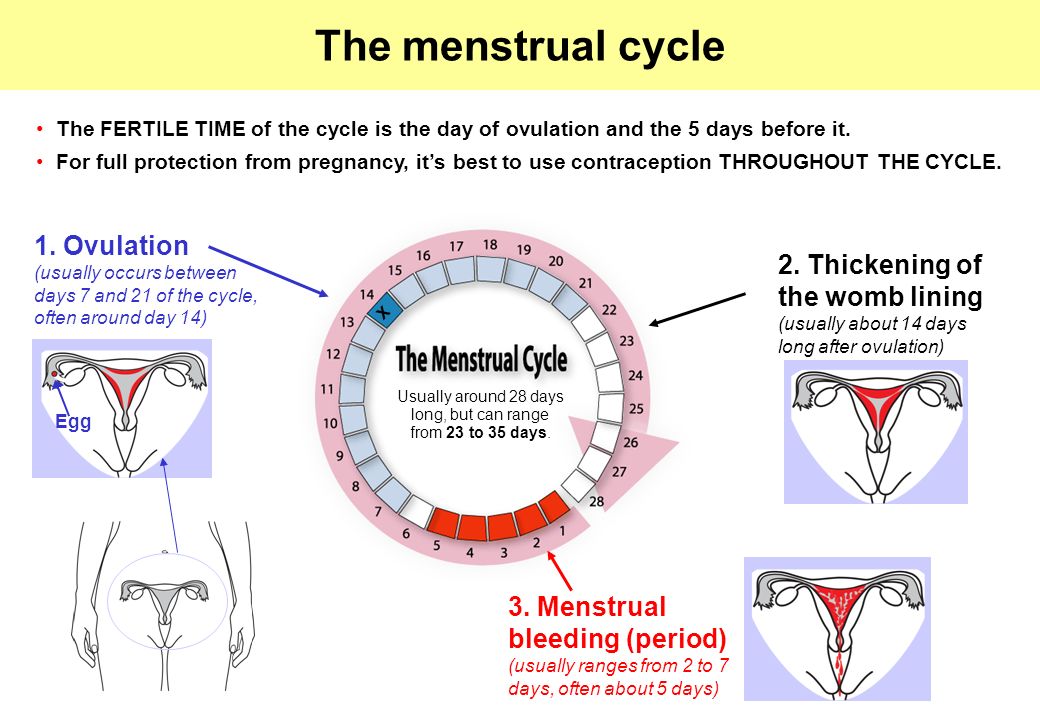 The phase is divided into two stages:
The phase is divided into two stages:
- First - directly menstruation , from the very beginning of menstruation;
- Second - proliferative, follicular period , when the growth and maturation of the egg occurs, from the end of menstruation to ovulation - the release of the egg from the follicle.
2) Second phase - luteal . In the ovulatory period, the egg leaves the follicle, it is ready for conception. But every day it regresses, so by the end of the luteal, or secretory, phase, the likelihood of conception decreases.
During the cycle, the hormonal background changes, creating conditions for the onset of pregnancy.
The “calendar method” of contraception is based on knowledge of the cyclical changes that occur in a woman's body, based on a menstrual cycle lasting 28 days with ovulation on the 14th day.
However, every woman knows that the menstrual cycle is not static, it can change upwards and downwards days.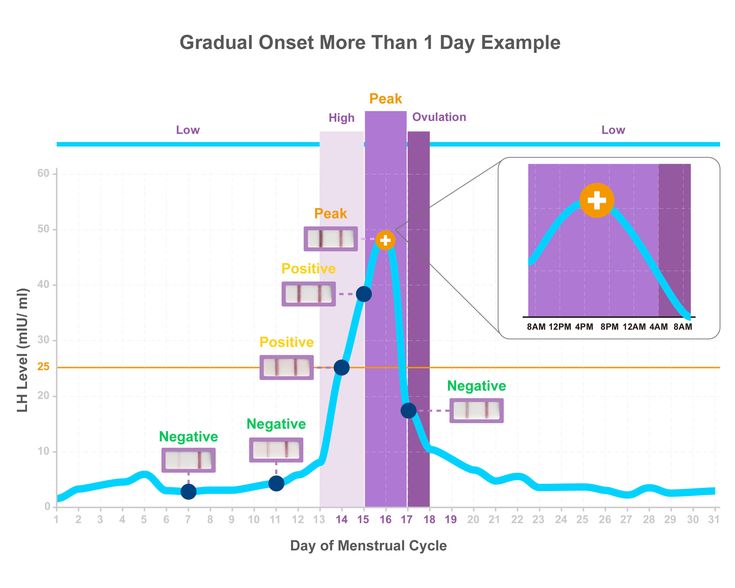 This happens under the influence of external factors that cause hormonal surges.
This happens under the influence of external factors that cause hormonal surges.
There is always a chance of getting pregnant during menstruation. Why this happens, let's take a closer look.
Ovulation and the greatest chances for conception
The probability of getting pregnant on the days preceding ovulation (3 days before), the day of ovulation and 2-3 days after - is maximum, at the beginning and at the end of the cycle - it is minimal.
MC at 28 days is average, the range of 24 days - 35 days is considered the norm, while in the second (luteal phase) it is always 14-15 days, even if the cycle is increased or decreased. Therefore, in women with a 24-day cycle, ovulation occurs on the 7-10th day, and with a 35-day cycle, on the 20-25th day.
How and why can you get pregnant during your period?
Ovulation has its own signs, but they are relative. It can be easy to make a mistake by mistaking lower abdominal cramps, secretions in the form of mucous secretions, and an increase in rectal temperature due to other reasons as ovulatory symptoms.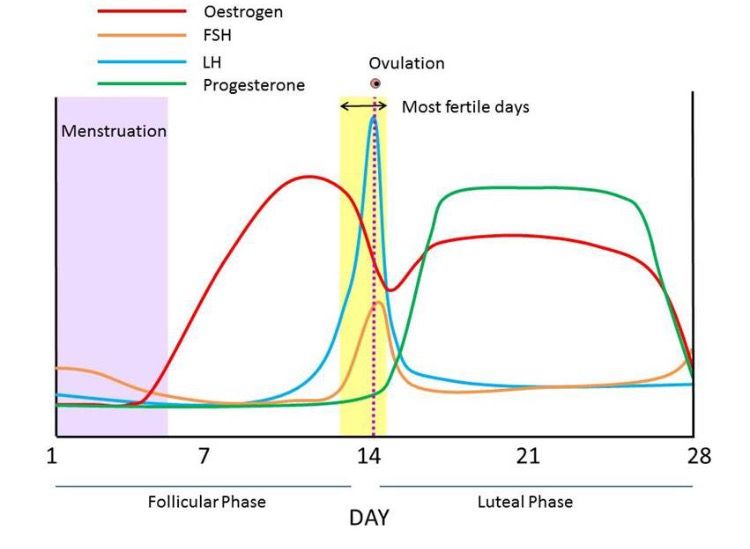 Even ovulation tests sold in pharmacies are wrong.
Even ovulation tests sold in pharmacies are wrong.
If a woman thinks that ovulation has already taken place, one more ovulation is not excluded in one menstrual cycle (if not one, but two follicles have matured). The ovum will be mature just before the expected critical period, it retains its maximum fertilization capacity for 24 hours, after which the chances are reduced, but not completely eliminated.
With a “floating” date of ovulation, pregnancy during menstruation is possible, because a viable egg always retains the ability to fertilize, and spermatozoa can also remain active for a long time.
Sperm life span
- Sperm life span in the vagina is up to 2 hours.
- The life span of spermatozoa in the uterus is up to 7 days.
The female genital tract has an alkaline environment favorable for spermatozoa on the days of ovulation, in such an environment spermatozoa can remain active for 5-7 days. By the onset of menstruation, the PH level shifts towards acidic, which negatively affects spermatozoa.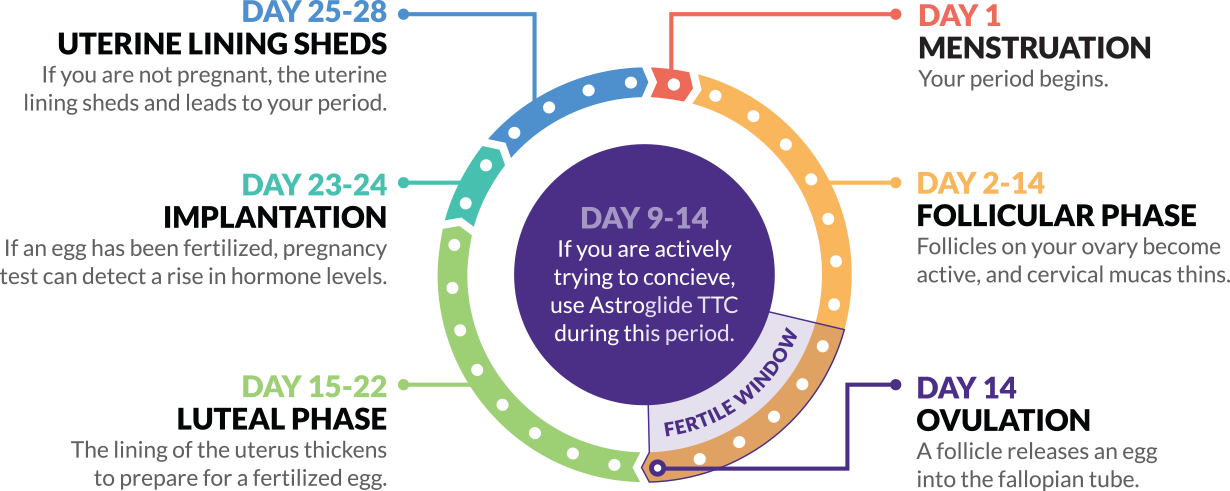
Also, do not forget about the period of life of the sperm, as well as possible failures in the female body that can change the pH of the genital tract.
Is it possible to get pregnant before menstruation?
In the last days of the luteal phase in the female body, the level of the hormone progesterone drops, the uterine endometrium becomes more “loose”, which reduces the likelihood of egg implantation. However, the date of the future menstruation for a woman is always conjectural, it is impossible to predict it exactly, if ovulation took place later than usual, the period of menstruation may shift.
What are the chances of getting pregnant during my period?
Many women are interested in the question of what is the probability of getting pregnant during menstruation, and how this can happen from a physiological point of view.
Bleeding is a sign of menstruation. But not only, because bloody discharge can also be with:
- Implantation of the ovum into the uterine wall.
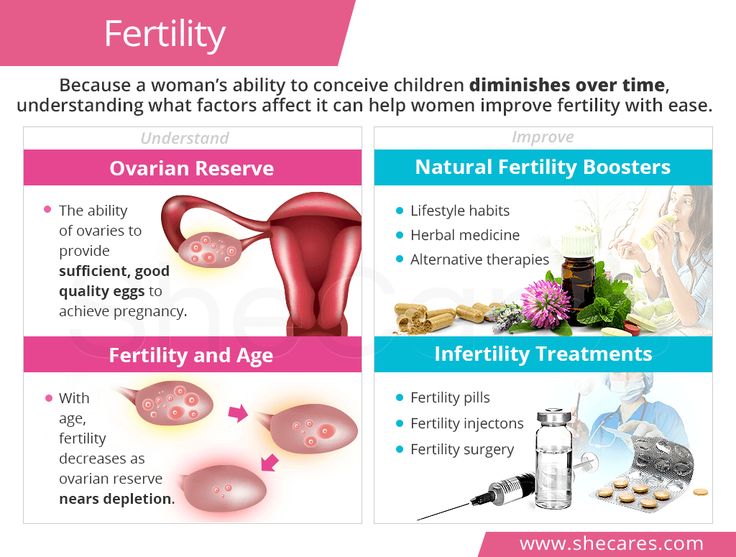
- Hormonal failures, as a result of which the cycle is disturbed.
- Inflammatory processes on the cervix.
- Neoplasms, some pathologies of the female genital area.
- Tissue damage through sexual contact.
Attention! In the menstrual phase of the cycle, the acidity of the vagina decreases, and the presence of blood creates a breeding ground for bacteria, which, under certain conditions, can provoke an inflammatory process in the small pelvis. Gynecologists recommend limiting sex life on critical days.
Is it possible to get pregnant immediately after menstruation?
The chances of conception and implantation in this period are very small, but they exist and are about 1-5%. The reason for this is a double set of maturing eggs or a hormonal physiological failure.
Minimal odds and zero odds are not the same thing. A woman must understand that although her cycle is characterized by a wave-like increase and decrease in the possibility of conception, they are almost never zero.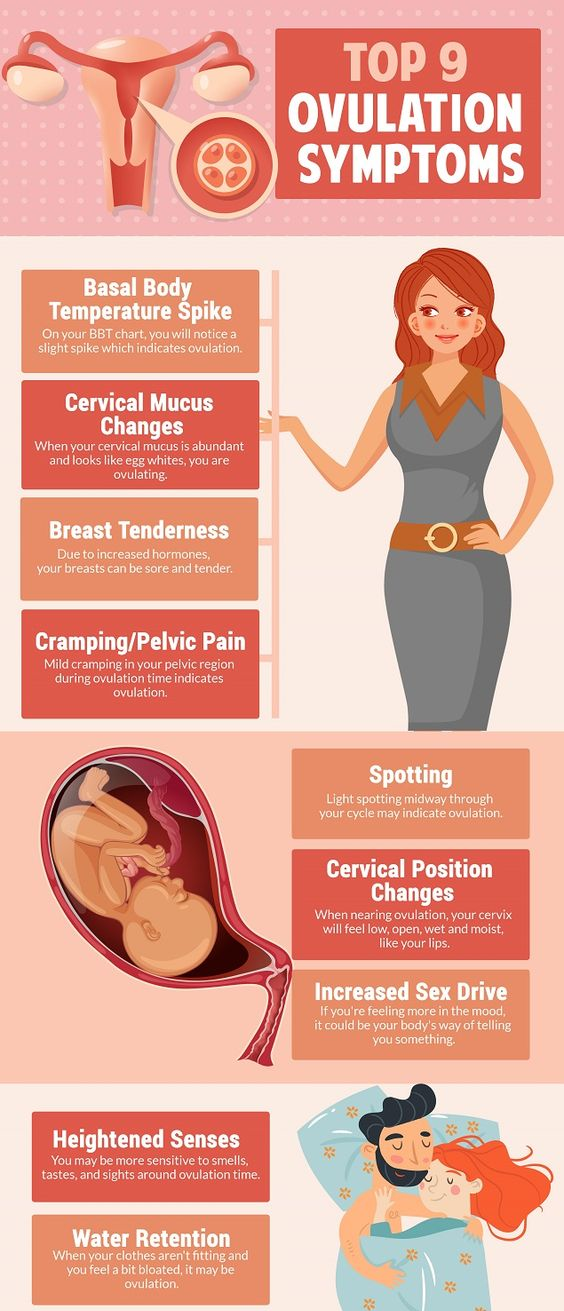
Causes that may increase the risk of pregnancy during menstruation
There are certain factors that affect female reproductive function. Not all of them are pathological, but they can affect the rhythm of the body, increasing the risk of an unstable cycle, “floating” ovulation date, and abnormal bleeding.
These are:
- hereditary predisposition;
- irregular sexual life;
- unsystematic approach to oral contraception, wrong choice of contraceptives;
- violations of the scheme, interruptions in taking oral contraceptives;
- hormonal "failures" in the body due to diseases, stress, taking certain medications;
- abortions.
Attention! Coitus interruptus is not a guarantee of protection from pregnancy in any phase of the cycle. A certain number of viable spermatozoa may also be in the lubricant. And for fertilization, as you know, one is enough if it is active and viable.
Thus, the answer to the question “is it possible to get pregnant during menstruation, before or after them” is obvious - yes, you can.